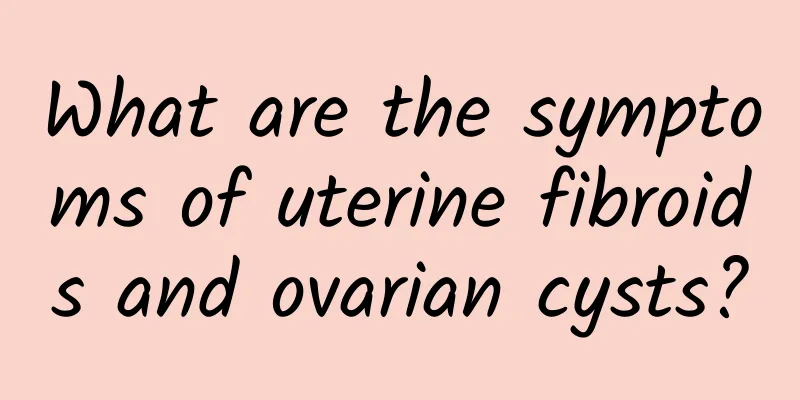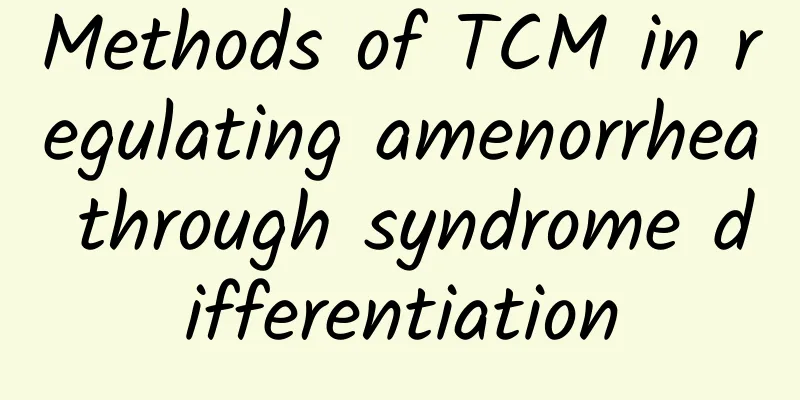What are the adverse reactions of medical abortion?

|
Medical abortion, also known as drug abortion, has been widely used in clinical practice in recent years. It refers to the use of injections or medication to achieve artificial abortion in the early stages of pregnancy without surgery. It should be noted that improper application methods may result in incomplete abortion. Therefore, it is very important for women who are preparing for medical abortion to understand its adverse reactions in advance. Its main adverse reactions include: 1. Vaginal bleeding After medical abortion, it takes about 2 weeks for the decidua in the uterus to be slowly discharged and vaginal bleeding to stop. Generally, the amount of vaginal bleeding does not exceed the amount of menstruation; women with incomplete abortion often experience irregular lower abdominal pain and persistent vaginal bleeding. If a woman has vaginal bleeding for too long or too much after abortion, she should go to the hospital for examination and treatment in time. 2. Gastrointestinal reactions It is a common adverse reaction after using mifepristone. Patients may experience nausea, vomiting, abdominal pain, diarrhea, and some patients may have fever. If the patient's symptoms are mild, no special treatment is generally required; patients with severe symptoms should actively contact a doctor and take appropriate treatment methods. 3. Vagus nerve excitement After medical abortion, some patients may experience symptoms of vagus nerve excitement, mainly manifested as irritability, pale complexion, profuse sweating, chest tightness, palpitations, bradycardia, etc. 4. Allergic reaction It is relatively rare. Some women may develop a mild rash scattered on the limbs and trunk. Occasionally, anaphylactic shock with a drop in blood pressure as the main manifestation may occur. 5. Fatigue Some patients may also experience symptoms such as fatigue, which is caused by the anti-glucocorticoid effect of mifepristone. |
<<: Diet therapy for patients with uterine fibroids
>>: Dietary therapy for auxiliary treatment of cervical erosion
Recommend
What are the clinical symptoms of uterine fibroids? What are the methods for diagnosing uterine fibroids?
The rate of malignant transformation (i.e. sarcom...
What are the symptoms of functional uterine bleeding and how to treat it
Functional uterine bleeding is often manifested a...
I have had two caesarean sections. Is it safe to get pregnant with medication now?
With the openness of young people in today's ...
Can a blood clot in the cervix flow out during a spontaneous abortion?
During spontaneous abortion, if there is a blood ...
How much does it cost to cure cervical warts?
In an economic society, rising prices have made c...
What is the cause of dysmenorrhea in women?
Experts at the hospital pointed out that there ar...
What foods can't be eaten for cervical erosion? You can't eat these foods for cervical erosion.
Stimulating foods and hair-raising foods will hin...
Hyperprolactinemia diagnostic tool
Nowadays, many people are pursuing higher materia...
What is myomectomy?
There are many treatments for uterine fibroids. S...
What are the specific types of pelvic peritonitis?
Pelvic peritonitis is a very common gynecological...
Avocados are rich in dietary fiber and healthy fats! Avocados can also be eaten salty! Nutritionist shares 2 recipes
Nutritious avocados are not only rich in dietary ...
What kind of body type is better for surgery for uterine fibroids? What kind of surgery is better for uterine fibroids?
Uterine fibroids are a common gynecological disea...
Expert introduction: What is the etiology and pathology of cervicitis?
In most cases, patients do not know the cause of ...
Some inspection items for abortion
If you get pregnant unexpectedly, you will choose...
Plasters help nourish blood and regulate menstruation
Generally, amenorrhea is treated with traditional...









